Système T
Circus
In continuity with my research linking textile practices to public space, this project explores the possibility of creating spaces of attention, play, and cohesion.
The project repurposes a used trampoline structure, shifting it from the domestic garden to the interior space. Collected from private households, the trampoline frame is reactivated into a form capable of circulating between the intimacy of the home and more collective contexts.
Built using a robust technique of circular weaving, the piece becomes a play platform: an open, tensioned net set on legs, like the layout of a new chessboard. One can climb onto it, search for balance, or simply lie down.
The process of transforming the tensioned textile refers to an elementary figure of string games (caterpillar and diamond), as discussed by Donna Haraway, for whom these practices are ways of thinking and transmitting knowledge: patterns that move from hand to hand, producing interpersonal narratives. The object is built through gestures, tensions, and reworking, following a logic of continuous experimentation.
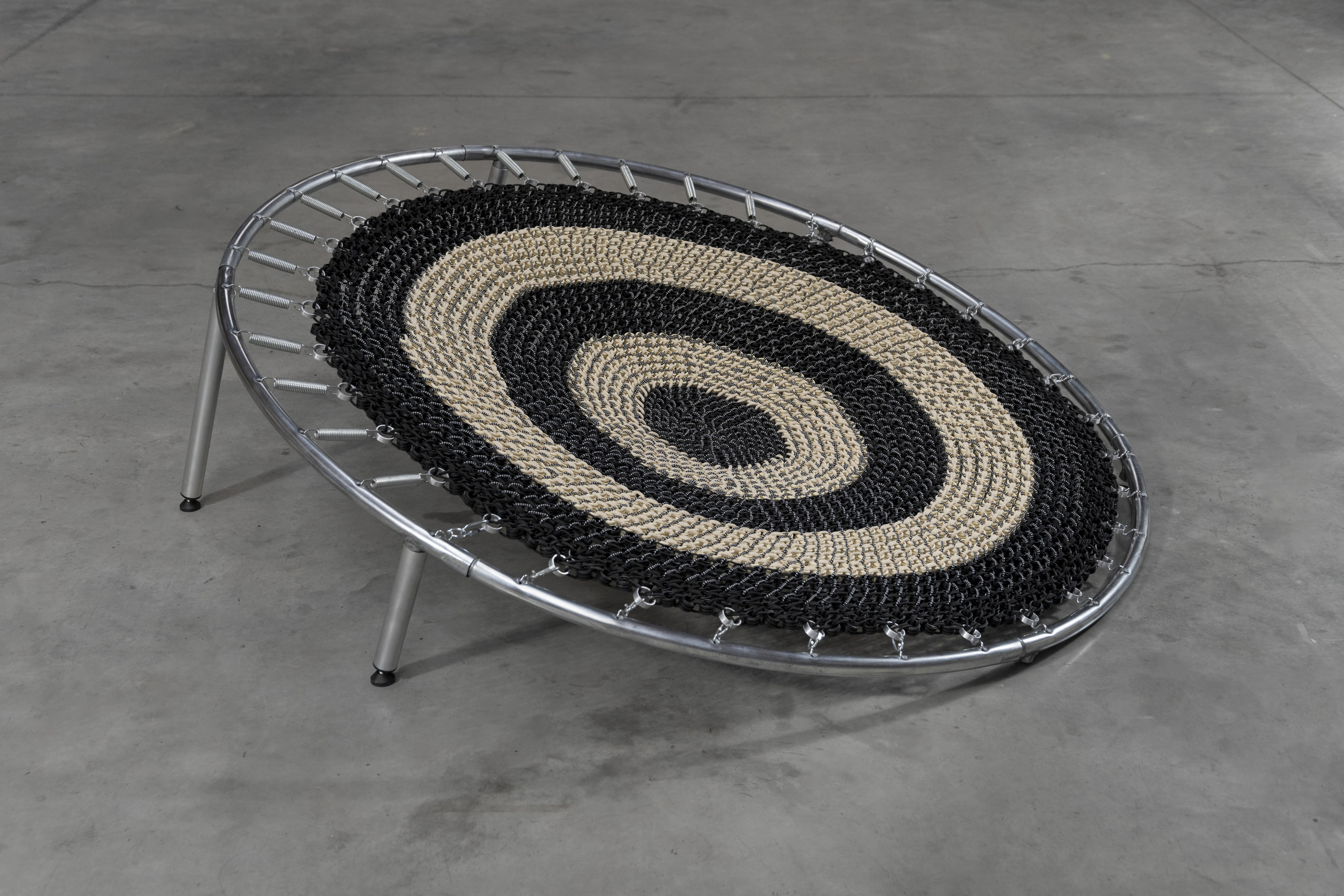
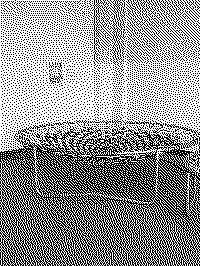
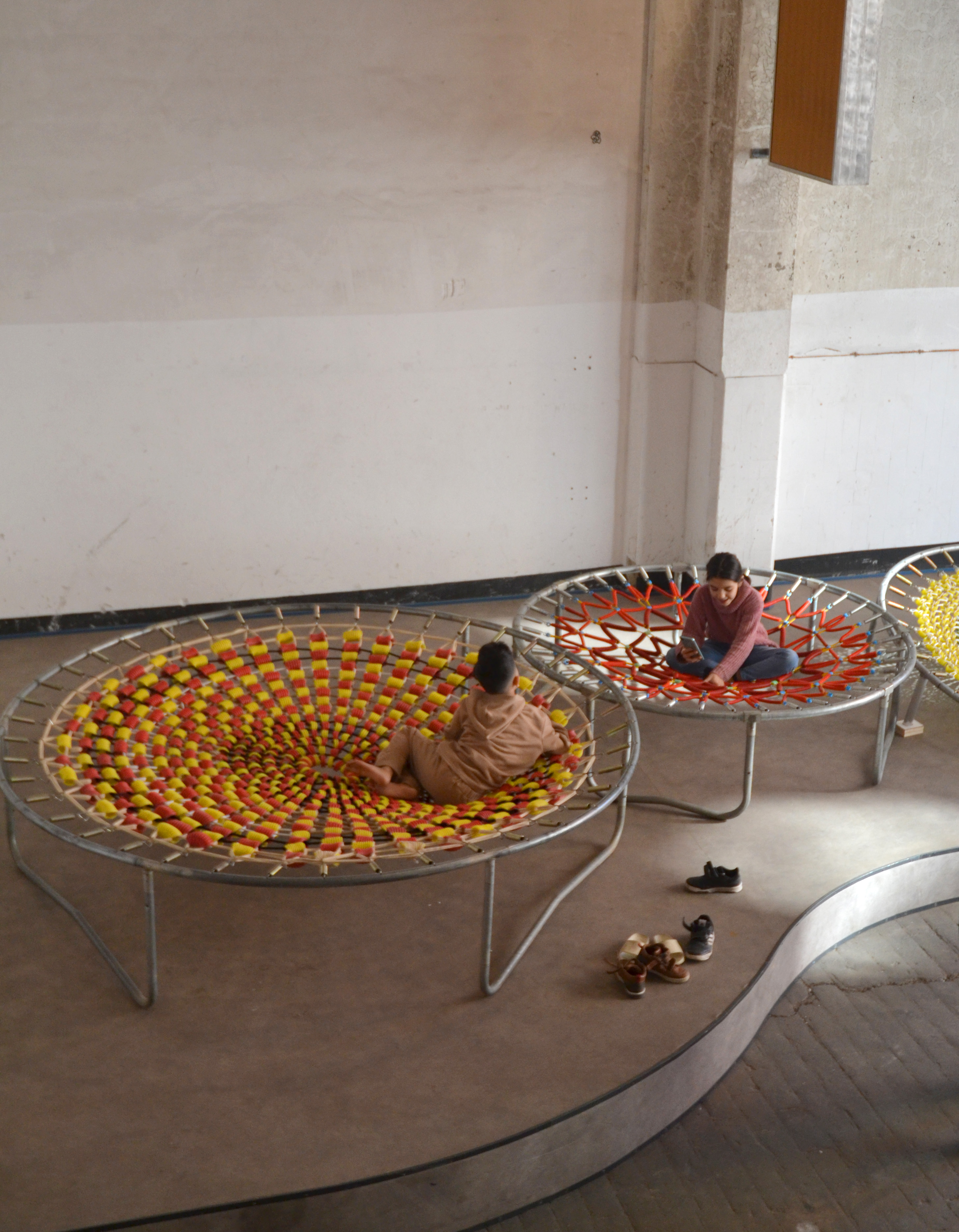
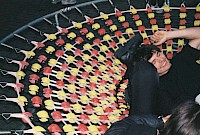
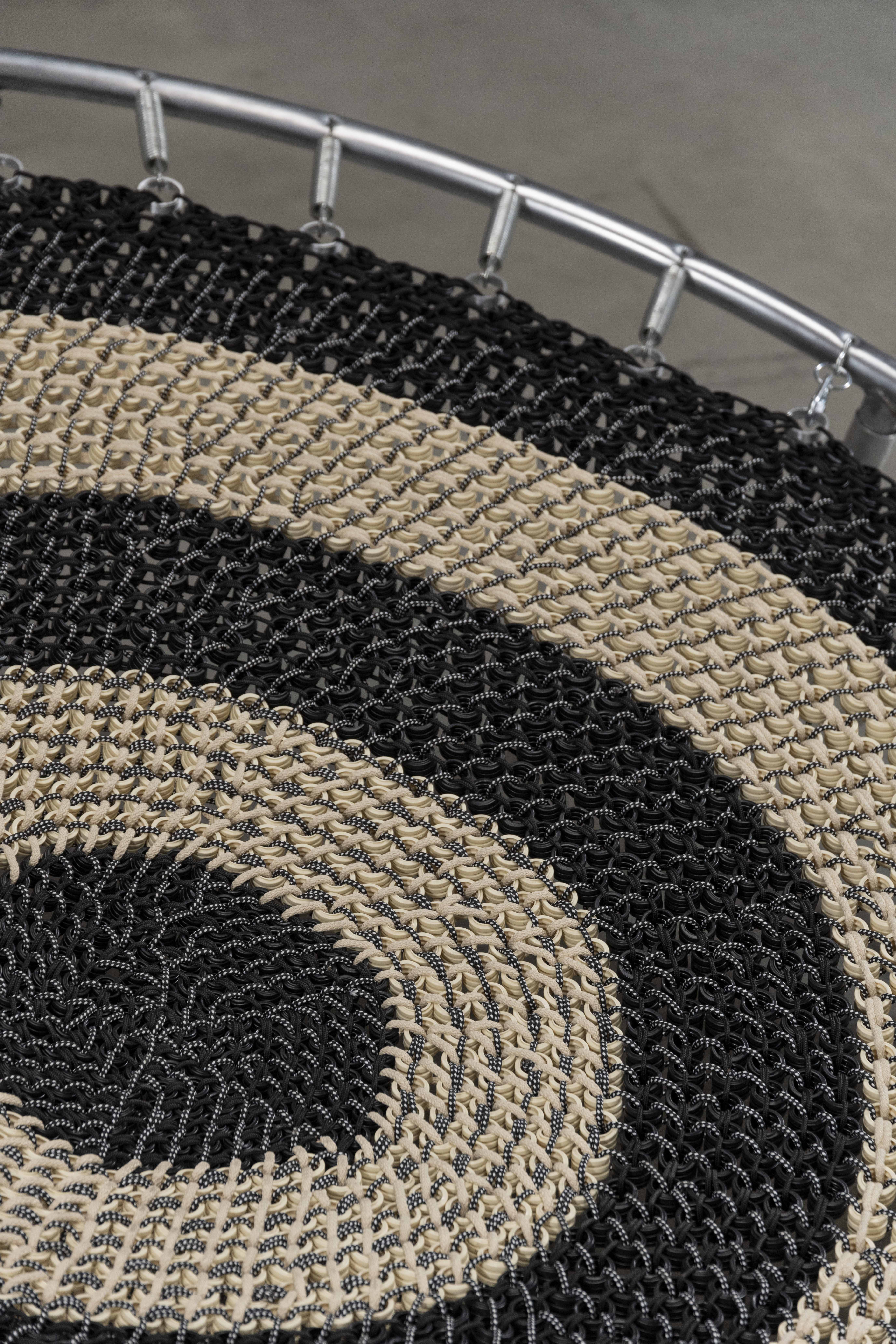
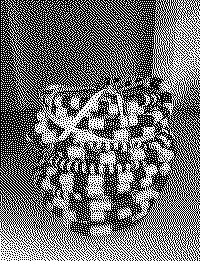
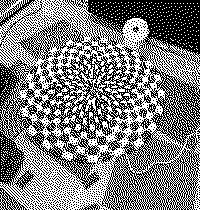
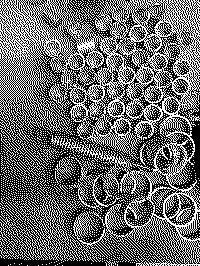

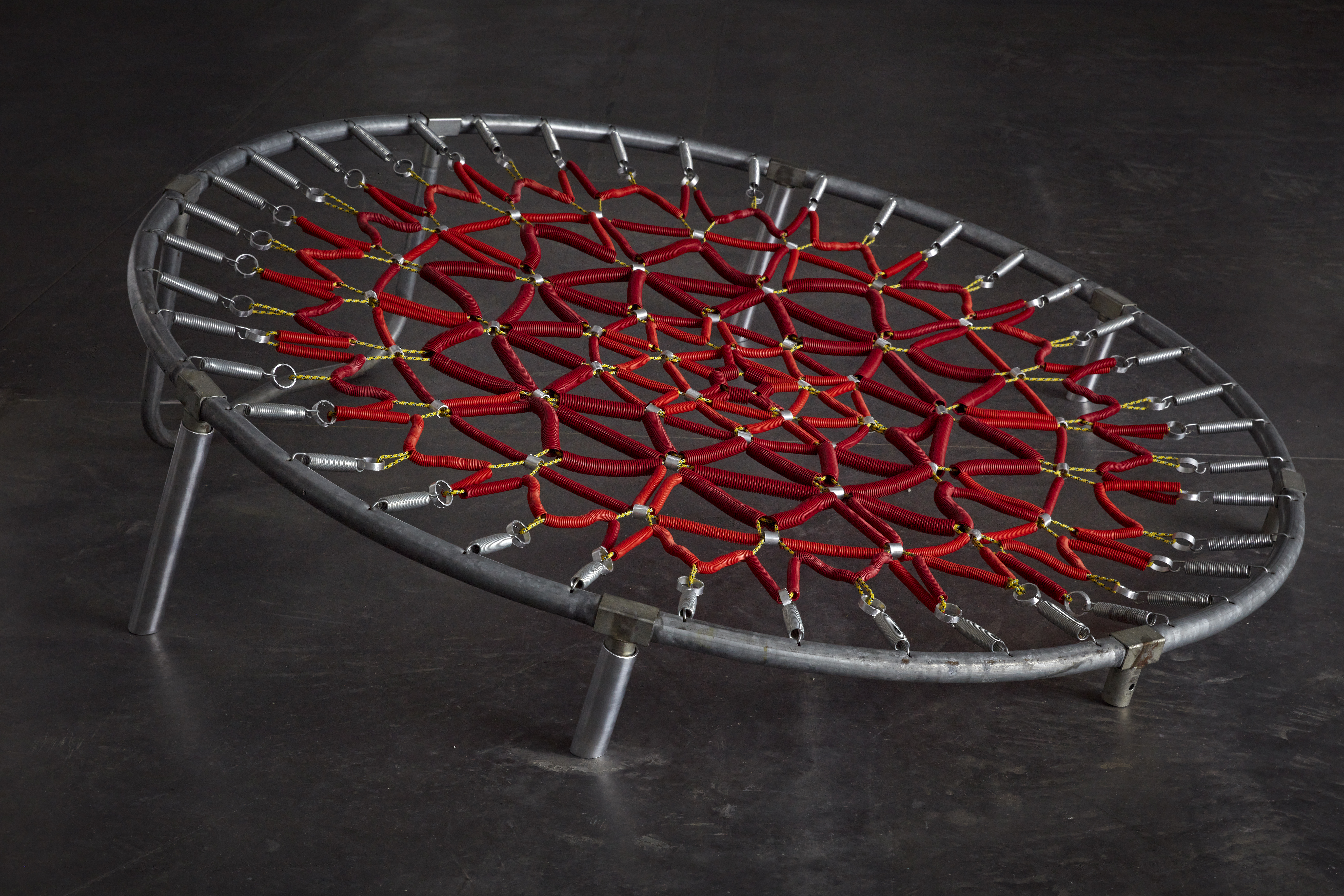

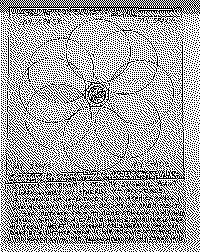
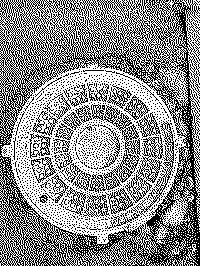
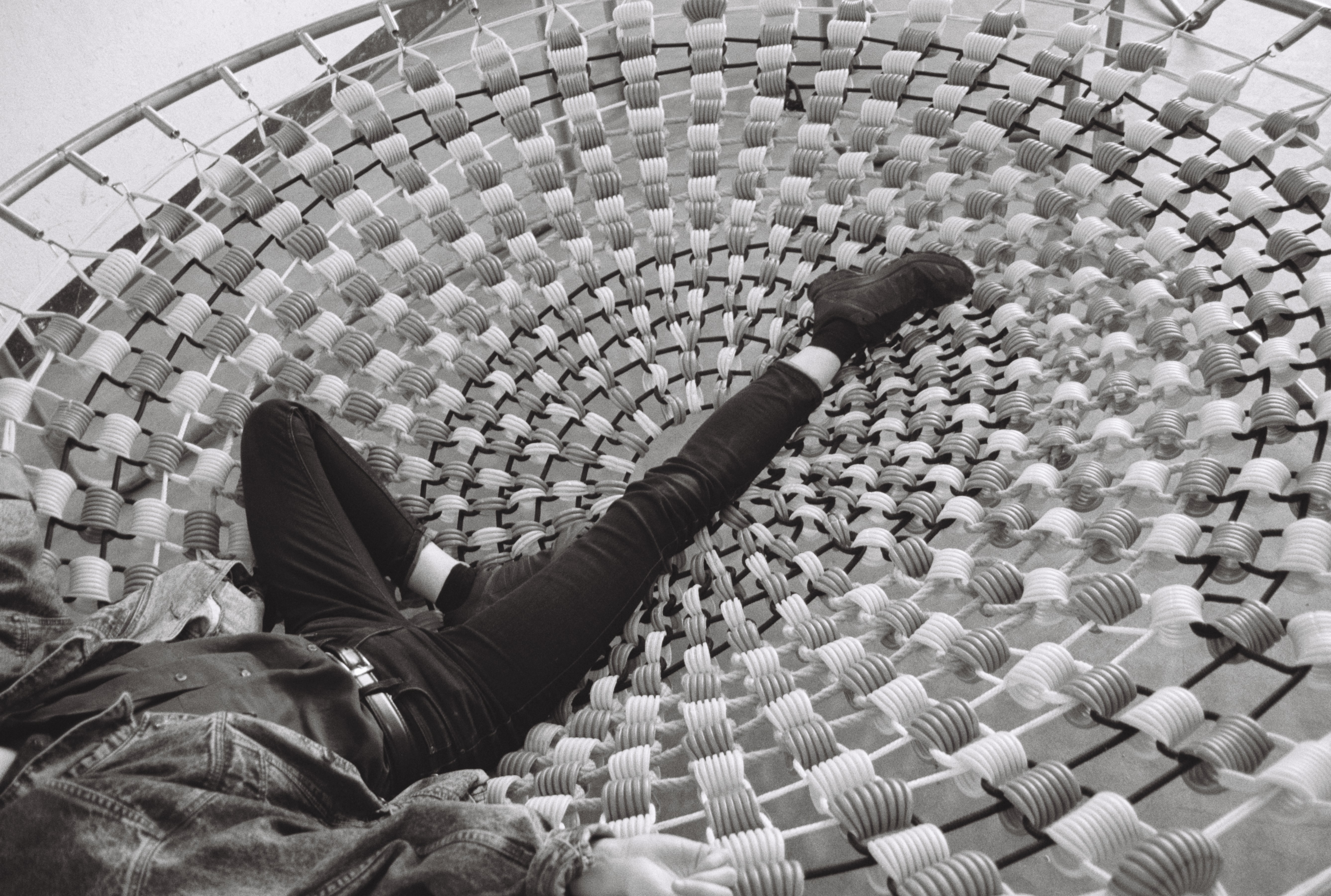
- Prototype presented at Milan Design Week 2024 with Belgium is Design 180 x 180 cm Weaving of reclaimed ropes, polypropylene ICTA conduit
- Exhibition view of “Pièges à soleil” ©Gilbard.e.s
- Detail of the circular net © Hugo Boutry
- © Centre culturel Strombeek Grimbergen Installation of the structures for the “Resilience” screening program at Studio S
- © Centre culturel Strombeek Grimbergen Installation of the structures for the “Resilience” screening program at Studio S
- Provision of the structures in the context of the “Piège à soleil” exhibition at Gilbard.e.s